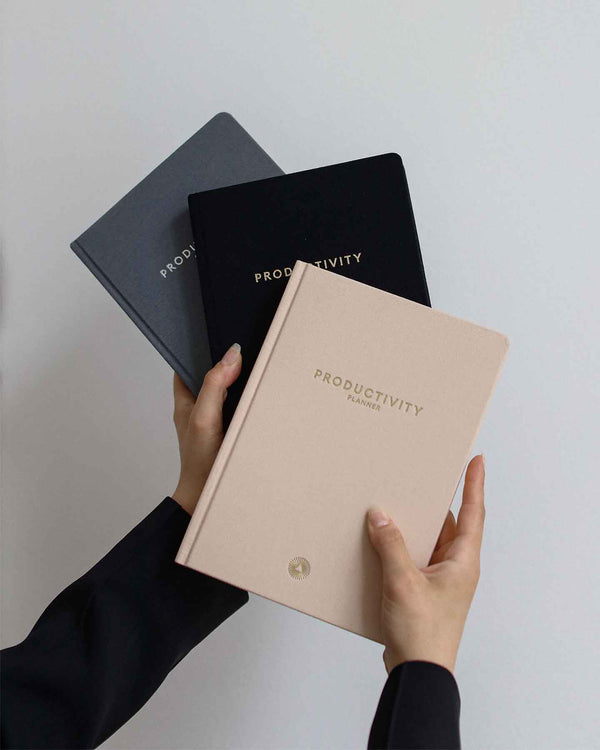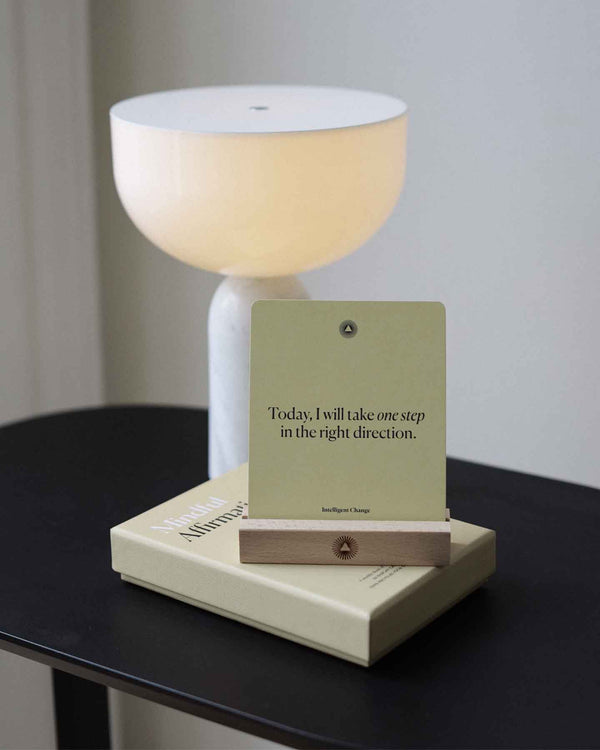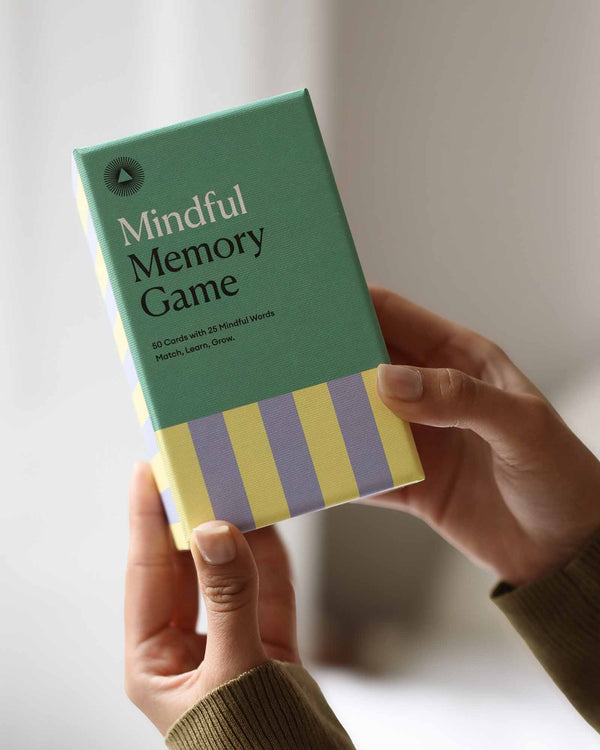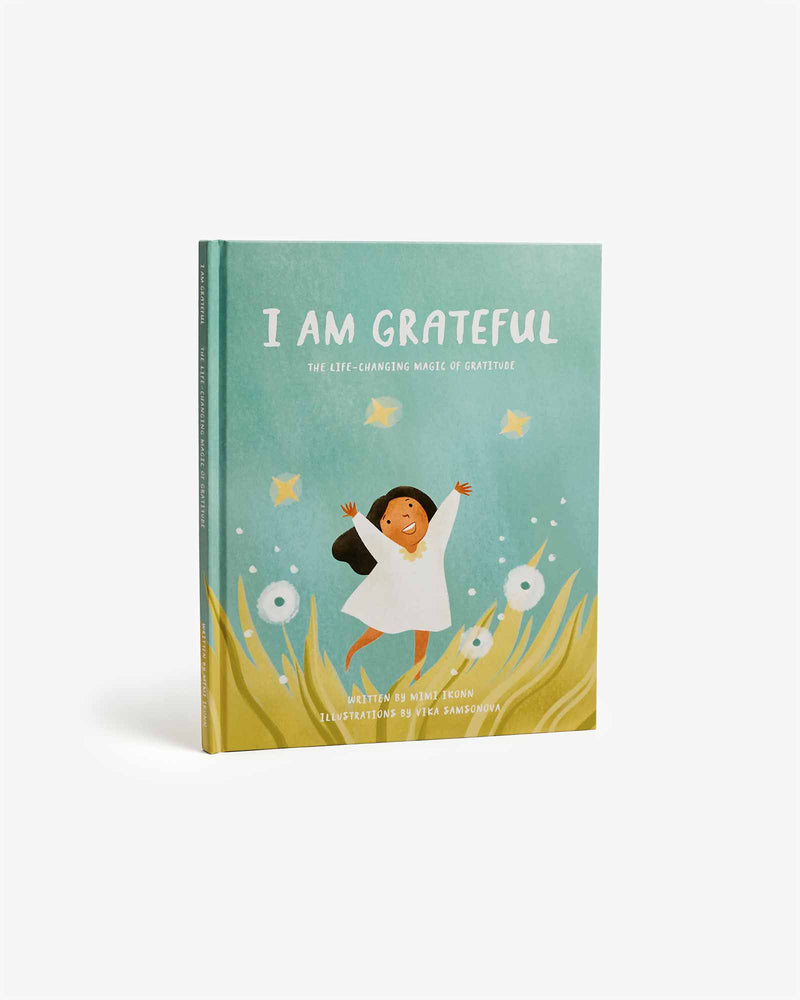Creating Gratitude Family Rituals
by Intelligent Change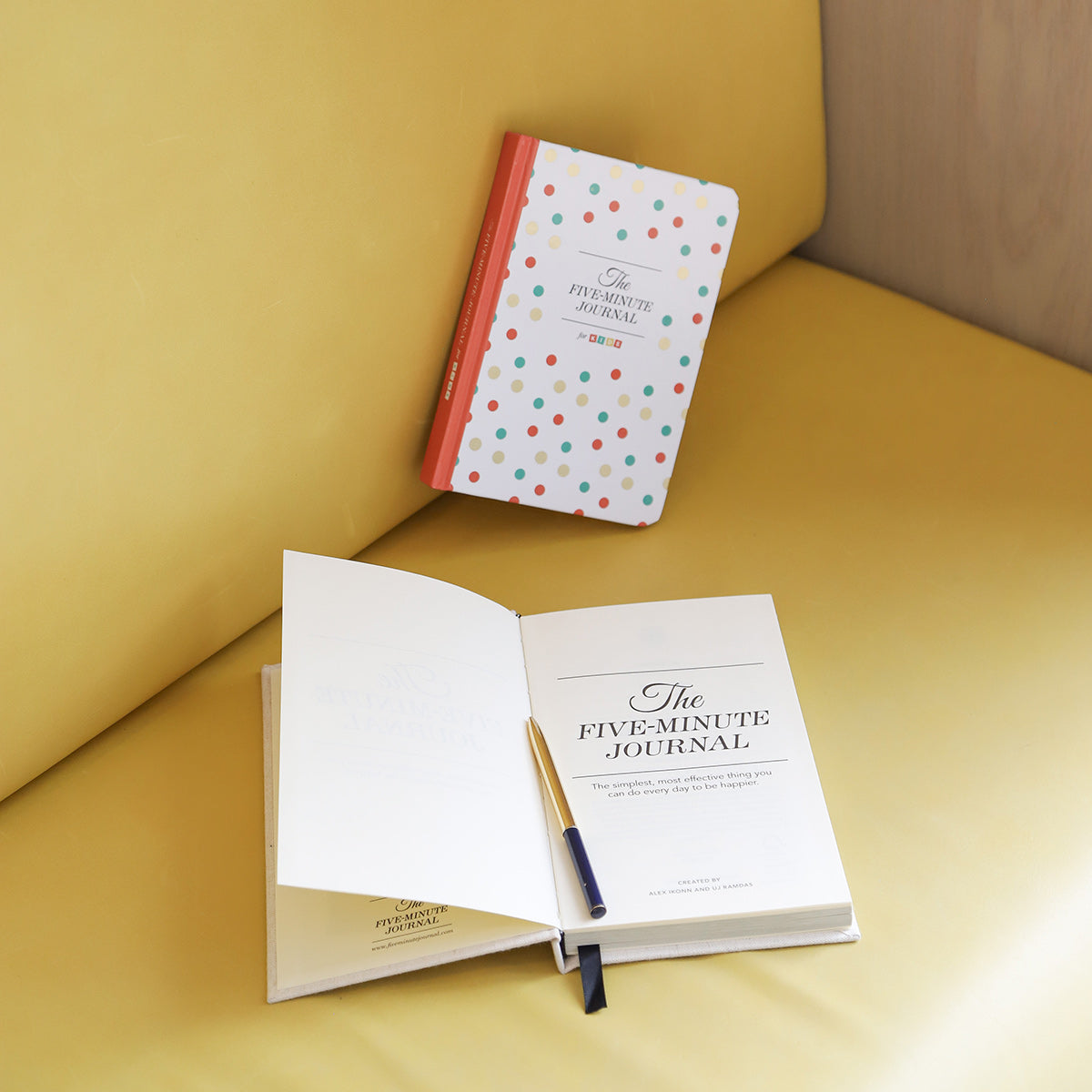
Every family has its unique rituals: weekend getaways, Sunday movies, holiday crafts, nicknames, special greetings, games, peculiar sports rules, morning and evening routines, having meals together, and so on.
These family routines and rituals are very important because they help families organize their life, reinforce family identity, and enhance a sense of belonging. Therefore, these have a strong emotional impact on all family members.
What if we told you that you could create family rituals that are fun, structured, positivity-oriented, and mindful at the same time? What we have in mind is instilling gratitude into your family routines. How? By keeping gratitude journals together. Practicing gratitude from an early age creates grateful, mindful, more sensitive, and more empathetic adults.
Take your Five Minute Journals and your children’s Five Minute Journals for Kids. Here’s a list of tips on how you can incorporate gratitude journaling into your family life.
Start With a Story
“What is gratitude”?
“Why do I need to do this?”
“What is this journal for?”
“I am not grateful for anything today!”
“Why is your journal different from mine?”
“Can’t I just tell you “thanks”? Why do I need to write it down?”
These are just some of the questions that children could ask you. Do you have your answers prepared? Why do you want them to practice gratitude? If you want a rewarding gratitude habit to stick and make a difference in the child in the long term, you need to provide an explanation. However, the explanations that work for you may not necessarily work for them.
For example, although correct, telling a kid that children who practice gratitude adopt a growth mindset and become better-organized adults is not really something they would understand. Stories may work better. Where do you find a gratitude story? The Internet is one answer of course, with gratitude classics such as I’m Thankful Each Day story.
We encourage you to take a step further and try out the I am Grateful book.This beautifully illustrated children’s book helps young minds embody an attitude of gratitude. In this book, you will find gratitude prompts to share with a child. You may like to read the book straight through, or pause and talk about the gratitude prompts as you go. However you choose to use this book, it will remind you of how abundant and beautiful this world–and this life–is.
Make It a Part of Your Morning and Evening Routine
The most essential part of a good morning and evening routine is getting enough sleep. What we do after waking up and before going to bed defines how we feel during the day. After all, morning routines help us set the tone for the day, when evening routines help us unwind and prepare for the next one.
Do you want your family to begin and end each day with a smile and an attitude of gratitude? Thinking about the good in their life? Acknowledging what brings them joy, fills them with love and helps them overcome challenges? Feeling grateful for what they have and who they are? We assume the answer is yes.
How can you achieve it? Set aside a few minutes every day to count your blessings as a family and give thanks for all that you have. Answer these questions together:
What are you grateful for today?
What would make today great?
What is your daily affirmation?
What were your highlights of the day?
What did you learn today?
When you’re done with filling out your prompts in the journal, it’s time for sharing. You can start by sharing what you wrote, and then encourage your kids to do the same.
You can also choose to reflect and talk out loud about things that you appreciate. You can do this in the morning right after you wake up, during breakfast, while preparing for the day, on your way to school and work, at dinner, or when you relax and wind down.
Talk About Your Feelings
Writing down what you’re grateful for is great, but here’s how you can make this experience even more meaningful for your child: talk about it further.
If a child writes “I’m grateful for my best friend Jay”, you get to ask them: “What is it about Jay that you’re grateful for?” They can say: “Because I have so much fun when we play”, or “because he helps me with homework”, or “because he keeps my secrets”. And you can continue the conversation by exploring the way the child thinks and help them explore their emotions further.
You can also ask children: “What would happen if you’d lose X?” It could be their cozy bed, their favorite toy, or some other thing they’re grateful for. Then discuss it further: what would their world look like without this valuable thing?
Make sure to share and explain the emotions behind your prompts. This way you’re modeling grateful behavior on a deeper level. Focus on the meaningful things, thank your kid for being who they are, and explain why that is so.
Avoid Setting High Expectations
If sometimes a child doesn’t want to practice gratitude, that’s fine. Do you always feel like filling out your journal? It’s okay to have uninspired days. It’s important that filling out The Five Minute Journals for Kids is fun and rewarding. That’s why you shouldn’t pressure a kid into doing it: the point is they do it willingly.
Also, be ready they won’t always give answers you expect them to give. Sometimes they’ll be grateful for the dinner you prepared, the love you give them, or the shelter they have. At other times, they’ll be thankful for their toys, or that delicious piece of cake they ate on their friend’s birthday. Let go of your expectations and accept their answers–this is how you get the opportunity to explore their world.
Make a Gratitude Journaling Challenge
If you’d like to make gratitude journaling a fun activity for the whole family, you can make it a challenge. Kids love challenges (and so do we). The odds of them filling out their journals for a longer period of time are much higher if you make it a fun and interesting game.
It can be a 1-month, 3-month, or even 6-month gratitude challenge, depending on your readiness to engage in a long-term activity, a kid’s age, how familiar they are with gratitude journaling, how much they like it, and so on. If you have a younger child, we suggest a shorter challenge: one or two months.
Create a big board and put it on a visible spot in your apartment so you can scratch off all the dates when you fill out your Five Minute Journals and Five Minute Journals for Kids. You can even include a reward for the kids for every completed gratitude challenge so they’re even more motivated.
Choose whether you want to read your prompts after every writing at the end of each week, or when you finish the challenge. Make sure to take photos and document this journey along the way.
Before the challenge begins, check-in with the children. Ask them how they’re feeling, be focused on their mood swings, questions they ask, and topics they show interest in. When you’re done with the challenge, track all these things again, and see whether there’s a positive change.

Implementing the practice of gratitude into your family routine is an excellent way to gear young minds into a state of greater positivity and teach them to cherish and value the things they have.
With The Five Minute Journal and The Five Minute Journal for Kids, it’s possible to build a healthy family gratitude routine. Since these journals are usually filled out in the mornings and evenings, you can always find time between regular morning and pre-bed activities to reflect on the things you are grateful for.
Make journaling more fun by organizing a family challenge and share your personal experience stories. Put your expectations aside and just be there to guide and support your kid’s free exploration of gratitude.






